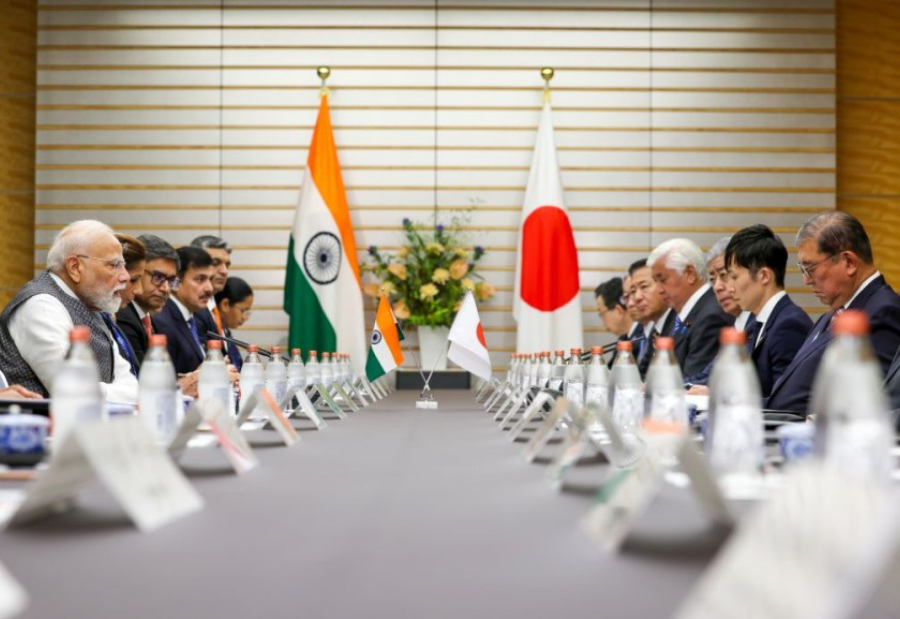Efforts by India and Japan to jointly develop and produce military equipment have moved slowly, with only one programme currently progressing. While a communication system for naval warships is on track, two earlier proposals on submarines and sea planes failed to take off. This has created an impression of limited progress, largely due to geopolitical sensitivities and Japan’s cautious approach to sharing military technology.
Japan has advanced expertise in areas such as submarines, aero-engines and fighter jets, all of which India needs urgently. However, strict rules laid down by Japan’s Parliament continue to restrict defence technology transfers.
Outside the defence sector, Japanese investment in India has been substantial, spanning cars, semiconductors, steel, railways and metro projects.
On August 29, Prime Minister Narendra Modi met Japanese Prime Minister Shigeru Ishiba in Tokyo, after which a joint declaration was issued. It stated: “The defence equipment and technology cooperation mechanism will look at future security needs and plan for co-development and co-production of equipment and technology.”
First Co-Development Project
In November last year, the two nations signed their first military co-development deal to build specialised radio communication equipment for naval warships. The system, called Unified Complex Radio Antenna or Unicorn, integrates all communication functions on a warship. Though considered highly effective, it is not viewed as a breakthrough in high-end defence technology.
Japan’s Defence Restrictions
Japan’s export limits date back to 1967 under the “Three Export Principles,” which restricted arms sales. Although the rules were relaxed in 2014, technology transfers remain tightly regulated. In recent years, Tokyo has allowed limited exports, such as missile systems to the US and the Philippines, but remains cautious with countries outside its close security alliances.
India’s Push for Aero-Engines
India has shown strong interest in partnering with Japan to develop aero-engines. While India recently announced a project with France’s Safran to produce a new fighter jet engine, opportunities remain for collaboration with Japan, especially in areas like metallurgy, design and production.
Missed Opportunities
Two proposed projects failed earlier. India’s plan to acquire Japanese Soryu class submarines did not succeed due to Tokyo’s reluctance to transfer sensitive technology. Similarly, a deal to build Japan’s ShinMaywa US-2 amphibious aircraft in India collapsed despite initial agreements.
Also read: Viksit Workforce for a Viksit Bharat
Do Follow: The Mainstream formerly known as CIO News LinkedIn Account | The Mainstream formerly known as CIO News Facebook | The Mainstream formerly known as CIO News Youtube | The Mainstream formerly known as CIO News Twitter |The Mainstream formerly known as CIO News Whatsapp Channel | The Mainstream formerly known as CIO News Instagram
About us:
The Mainstream formerly known as CIO News is a premier platform dedicated to delivering latest news, updates, and insights from the tech industry. With its strong foundation of intellectual property and thought leadership, the platform is well-positioned to stay ahead of the curve and lead conversations about how technology shapes our world. From its early days as CIO News to its rebranding as The Mainstream on November 28, 2024, it has been expanding its global reach, targeting key markets in the Middle East & Africa, ASEAN, the USA, and the UK. The Mainstream is a vision to put technology at the center of every conversation, inspiring professionals and organizations to embrace the future of tech.




